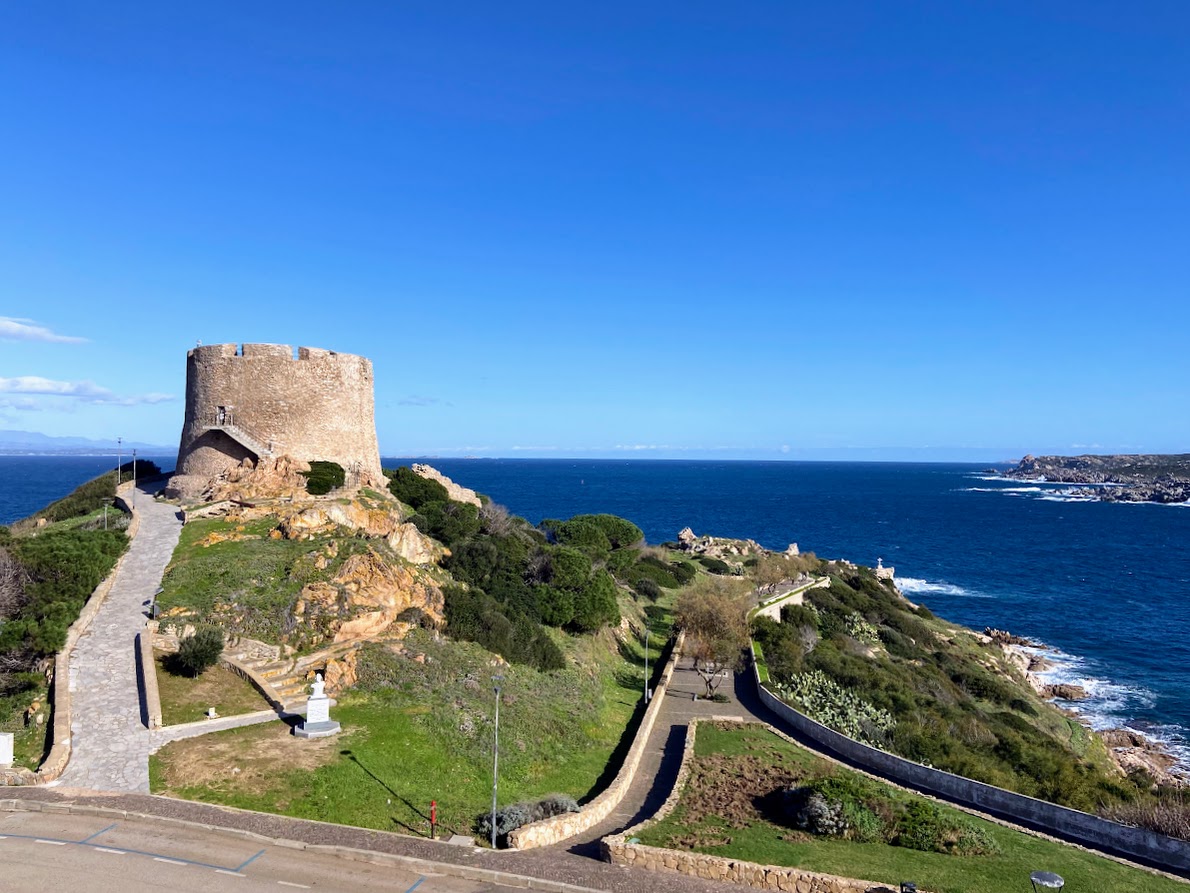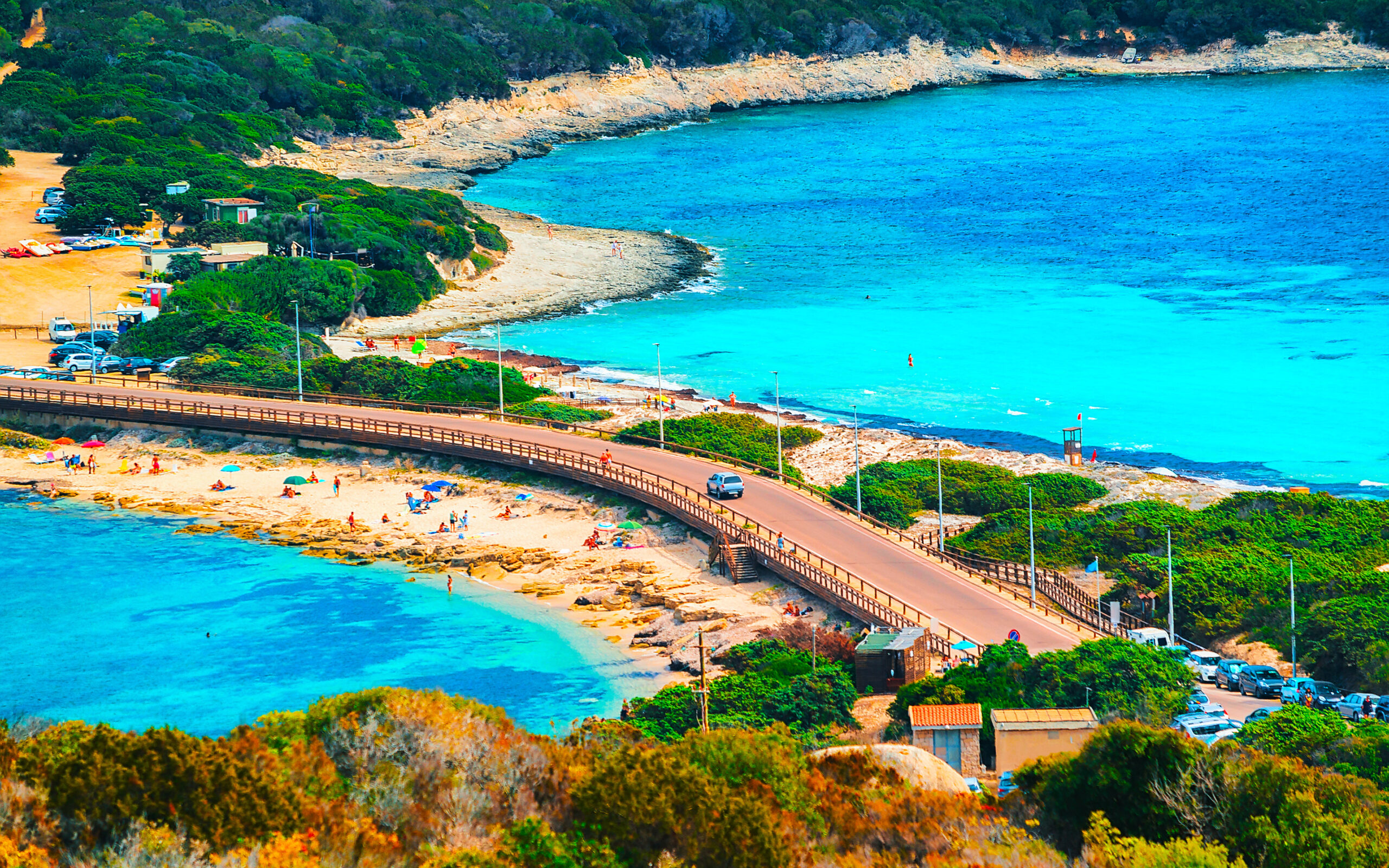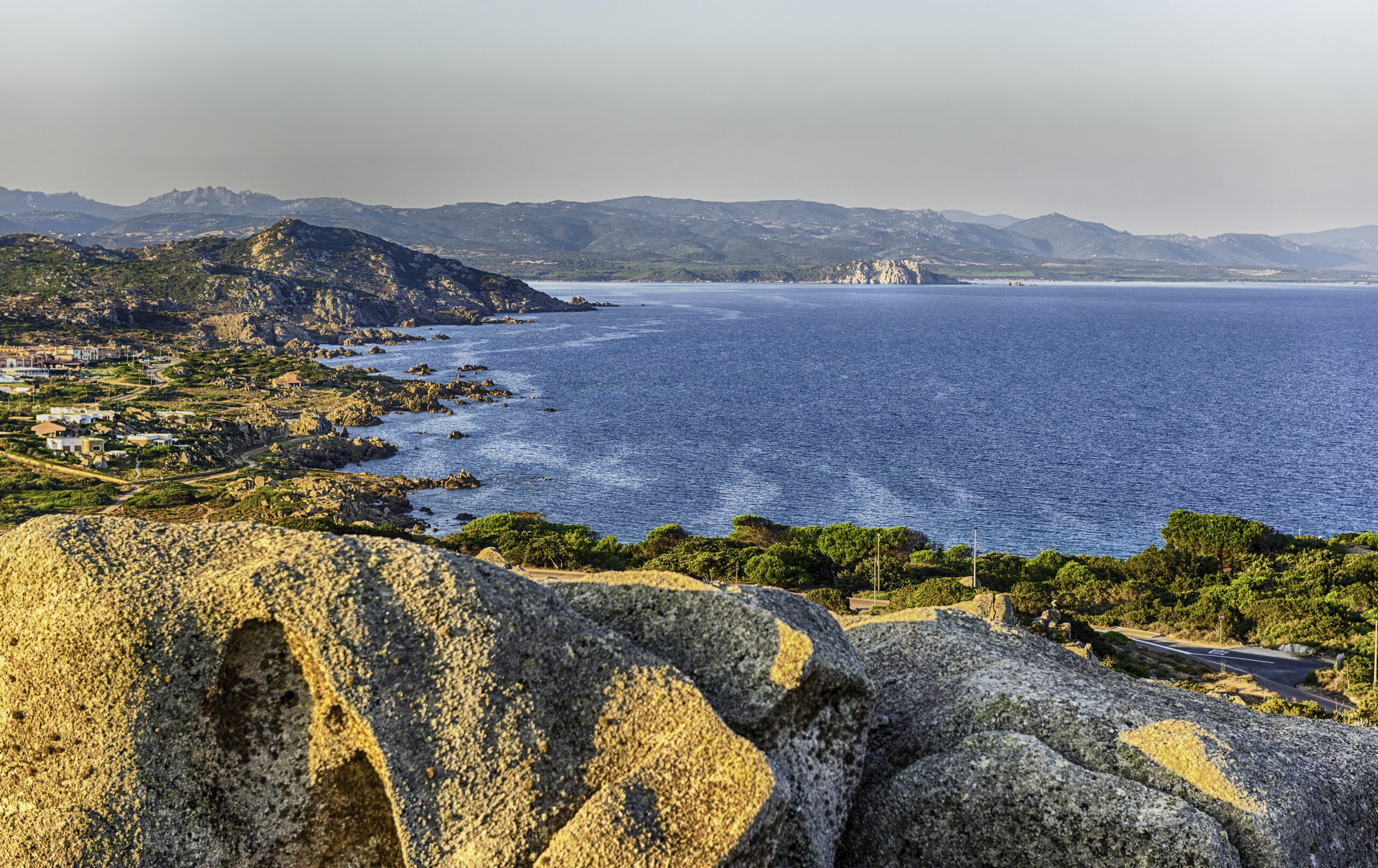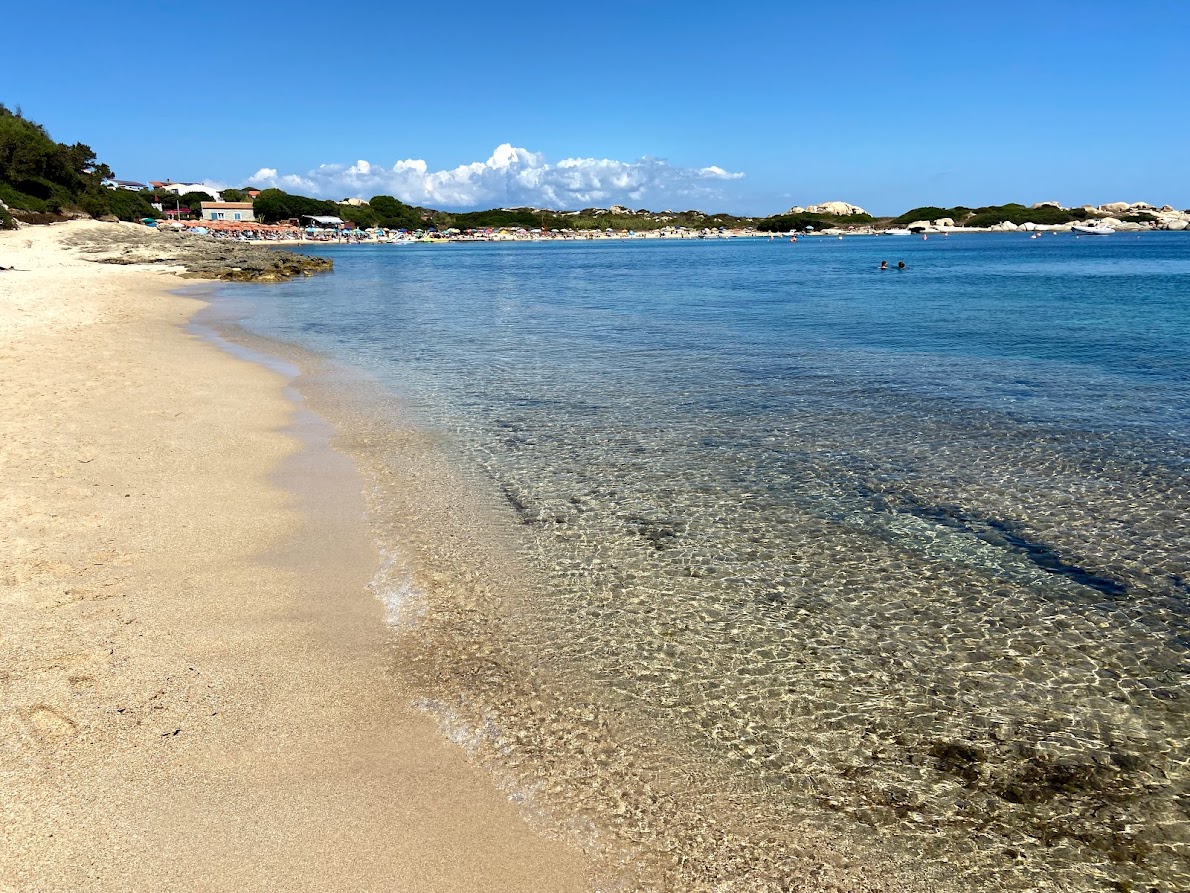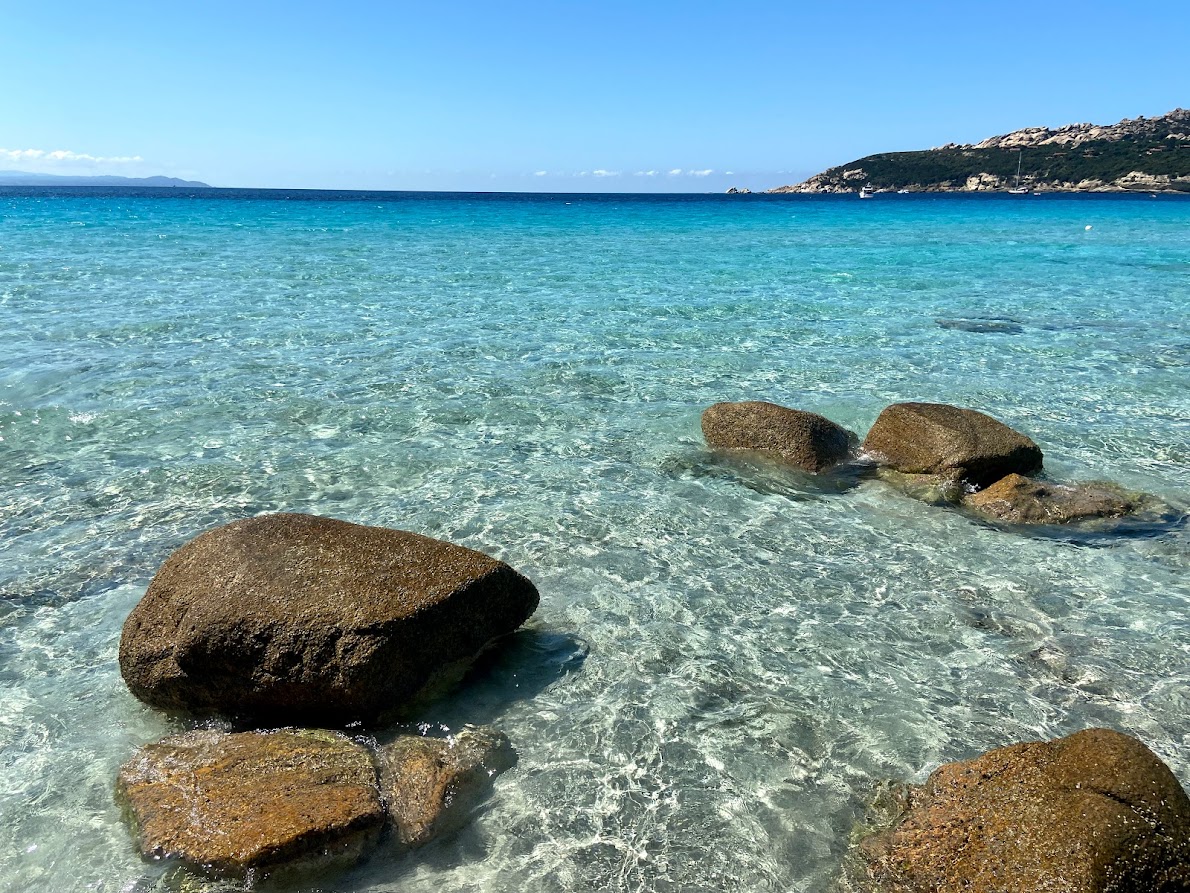
Santa Teresa di Gallura
The characteristic village of the Gallura region, located on the northernmost tip of the island, is a very popular tourist location. The charming place with a privileged view of the cliffs of Bonifacio and the island of Corsica was founded in 1808 by King Victor Emmanuel I of Savoy and named after his wife Maria Teresa. The village has approximately 5,000 permanent residents, but tens of thousands of tourists head here in the summer, browsing among trendy bars, restaurants and bars with live music. The territory of Santa Teresa di Gallura is divided into two areas – in the east the tourist port of Porto Longone, in the west the bay of Rena Bianca with a beach with fine white sand and a sea playing with dazzling colors, just a few steps from the central square of the town. The waters here are repeatedly awarded with the Blue Flag for their purity. From a height, the entire area is watched over by the impressive Longosardo watchtower, built on the orders of the Spanish King Philip II. In a romantic pine forest, about 3 km from Santa Teresa, shines the copper dome of the Buoncammino church, built at the beginning of the 20th century on a medieval foundation. We also recommend visiting the remains of Fort Ferrero, with artillery emplacements, bunkers, barracks and other military artefacts from the Second World War. The most interesting local archaeological sites include the Lu Brandali and Sa Testa nuraghes. Around Santa Teresa you will find countless beautiful beaches, many of which you can visit in one day: the spacious and equipped beach of La Marmorata, the picturesque Cala Sambuco and the impressive Cala Balcaccia and Santa Reparata, which will amaze you with the clarity of the water and rocky outcrops, ideal for diving. To the west you will find Capo Testa, the northernmost point of the island. Along the embankment that connects it to the mainland are two beautiful beaches: Rena di Ponente and Rena di Levante. Thanks to their proximity, you can swim alternately on one or the other, in a calm sea in all weather conditions. From the western Rena di Levante, you can reach Capicciolu Beach (also known as Aunt Colomba’s beach), with its golden, coarser sand. Here (probably) stood the ancient Tibula, with its port, which was the departure point for ships loaded with granite used to decorate the palaces of ancient Rome. In the western part of the cape, the cove Cala Lunga – Valle della Luna opens, the symbol of Santa Teresa, where nature has created a virgin bay between the granite rocks. The indented coast towards Palau then offers the natural pools of Valle dell’Erica, the long Porto Liscia-Sciumara beach popular with surfers or the quiet Conca Verde beach.
